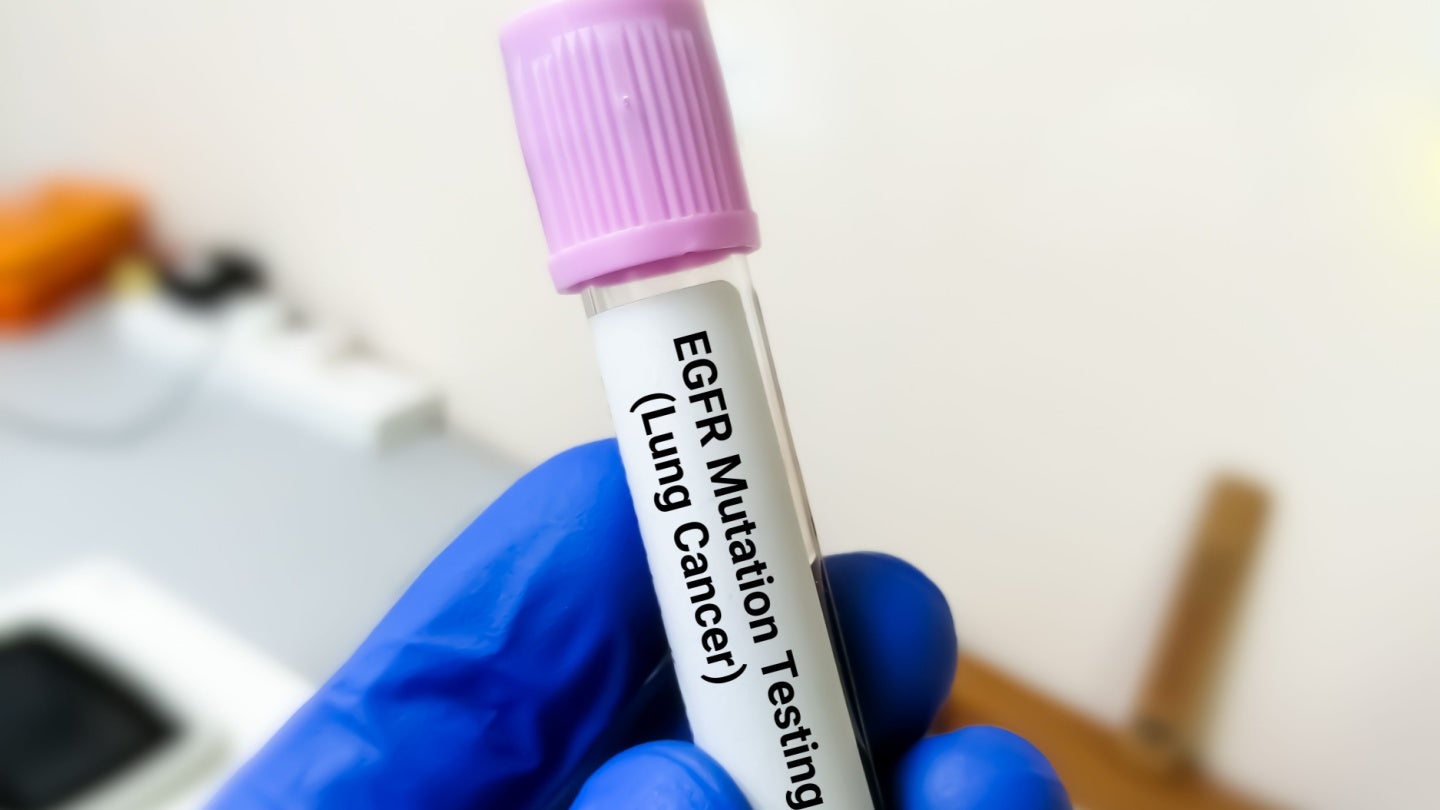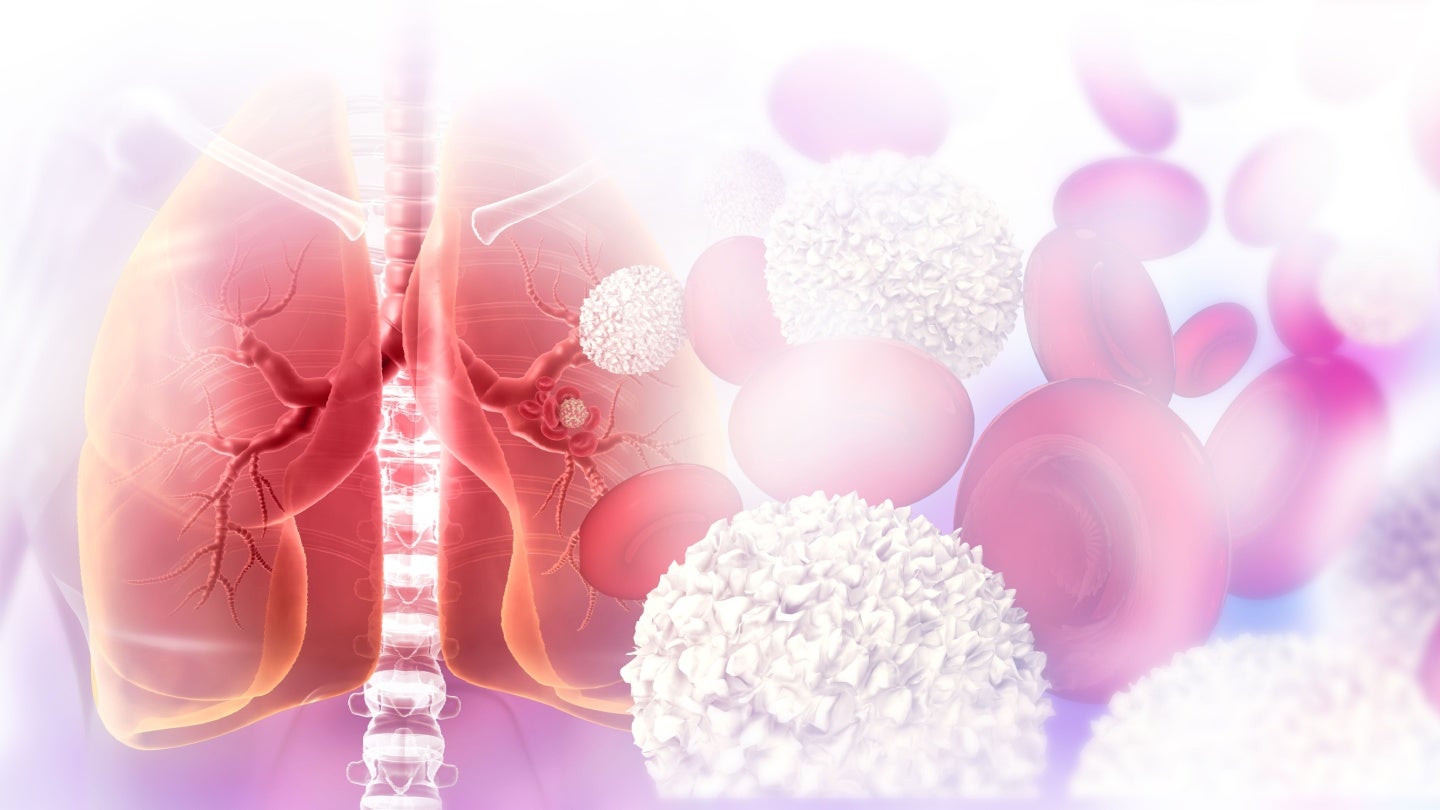Cyclin-Dependent Kinase Orchestrates Mitosis Timing
In the intricate symphony of cell division, timing and localization of molecular regulators are paramount. New insights into the spatiotemporal orchestration of mitosis by cyclin-dependent kinase (CDK) challenge longstanding conceptions about where and how CDK activation initiates within the cell. Contrary to prevailing models positing that mitotic CDK activation begins at the cytoplasm’s centrosome or […]


In the intricate symphony of cell division, timing and localization of molecular regulators are paramount. New insights into the spatiotemporal orchestration of mitosis by cyclin-dependent kinase (CDK) challenge longstanding conceptions about where and how CDK activation initiates within the cell. Contrary to prevailing models positing that mitotic CDK activation begins at the cytoplasm’s centrosome or spindle pole body (SPB), recent findings reveal a more nuanced picture. These results not only reshape our understanding of mitotic onset but also underscore the pivotal role of nuclear CDK activation in coordinating mitotic progression.
This study delves into the cellular choreography of cyclin–CDK complexes, particularly focusing on the SPB—a critical microtubule-organizing center in fission yeast and other eukaryotic cells. Prior research indicated that CDK activation at the SPB engages a feedback loop mediated by polo kinase Plo1, which localizes via interaction with the SPB scaffold protein Cut12. This feedback was hypothesized to trigger mitotic onset, yet experimental data using the cut12.s11 mutant, known to promote premature Plo1 recruitment and activation, indicate that advancing Plo1 activation at the SPB does not accelerate nuclear CDK activation or influence cell division timing. This evidence contradicts the idea that SPB-driven CDK activation commands mitotic entry timing, suggesting alternative mechanisms hold sway.
Investigating further, the study scrutinized the localization of cyclin B homolog Cdc13, particularly its hydrophobic patch mutant form, Cdc13(HPM). This mutation disrupts Cdc13’s ability to localize to the SPB during the G2 phase without altering its nuclear import. Intriguingly, cells reliant exclusively on Cdc13(HPM) exhibited nuclear CDK activation comparable to wild-type cells, even in the absence of SPB localization. This finding highlights that nuclear CDK activity initiation does not strictly depend on SPB-associated cyclin–CDK complexes.
.adsslot_k4x7jJR3ws{width:728px !important;height:90px !important;}
@media(max-width:1199px){ .adsslot_k4x7jJR3ws{width:468px !important;height:60px !important;}
}
@media(max-width:767px){ .adsslot_k4x7jJR3ws{width:320px !important;height:50px !important;}
}
ADVERTISEMENT
However, the narrative grows complex when examining subsequent cellular events. While nuclear CDK activation occurs in Cdc13(HPM) mutants, nuclear export of the cyclin–CDK complex—critical for cytoplasmic CDK activation—was notably absent. This absence was corroborated by timelapse microscopy tracking CytCDK sensor activity, which remained quiescent in the cytoplasm where CDK activation typically ensues. The failure of Cdc13(HPM) to translocate to the cytoplasm underscores the necessity of SPB localization for the orchestration of mitotic events beyond initial nuclear activation.
These discoveries have profound implications for understanding the spatial regulation of mitosis. They propose a model wherein cyclin B–CDK first accumulates and becomes active within the nucleus, establishing a high activation threshold that confers robustness and stability to the nuclear CDK system. This nuclear activation is then amplified through feedback involving inhibitory phosphorylation on CDK at tyrosine 15 (CDK-Y15), ensuring mitotic commitment is tightly regulated. The subsequent localization of Cdc13–CDK complexes to the SPB appears to be a prerequisite for nuclear export, enabling the lower threshold cytoplasmic CDK pool to activate dynamically and relay mitotic signals through the cell.
These spatiotemporal dynamics manifest in differential CDK activation mechanisms between nucleus and cytoplasm. The nucleus maintains a stable oscillation in CDK activity related to cyclin B concentration, buttressed by feedback stabilization. Conversely, the cytoplasmic CDK system exhibits unstable oscillations, sensitive to swift changes such as cyclin B degradation, which precipitates immediate drops in CDK activity. This instability underscores a highly responsive cytoplasmic environment, primed to regulate structural and functional changes essential for mitosis rapidly.
Moreover, phosphoproteomic analyses complement these functional insights, revealing that phosphorylation of nuclear substrates proceeds unabated in Cdc13(HPM) mutants, while phosphorylation of SPB- and cytoplasm-localized substrates diminishes. This selective substrate phosphorylation profile confirms that while nuclear CDK activation is preserved without SPB localization, mitotic progression involving cytoplasmic processes is impaired, highlighting the compartmentalized governance of CDK signaling.
The integrity of mitotic timing emerges as a concerted outcome of spatial regulation rather than singular localized activation events. By uncoupling SPB-associated CDK activation from nuclear activation timing, this research refines the conceptual framework of mitotic control. It accentuates the nucleus as the cradle of CDK activation and the SPB as a vital node for subsequent intercompartmental CDK trafficking, orchestration, and functional diversification.
Importantly, the study leverages the fission yeast Schizosaccharomyces pombe as a model, whose cell length serves as a reliable proxy for cell cycle progression. Measurements of cell length at nuclear CDK activation and subsequent cell division affirm that mutations promoting premature SPB feedback loops do not affect mitotic timing. This robustness bolsters the conclusion that mitotic onset is primarily governed by nuclear events and related feedback mechanisms rather than by centrosomal CDK activity.
By employing advanced live-cell imaging technologies and genetically encoded CDK activity sensors, the authors elegantly capture the temporal sequence of CDK activation. These real-time observations elucidate how nuclear CDK activity gradually increases during interphase, culminating in a pronounced activation phase in late G2. Subsequently, cyclin B–CDK complexes are exported to the cytoplasm, a process contingent on their SPB association, underscoring the interdependence of spatial localization and mitotic progression.
This refined model of mitotic regulation advances our understanding of cell division and reveals potential vulnerabilities or targets for therapeutic intervention. Cells that fail to coordinate CDK activity spatially and temporally may experience aberrant mitosis, genomic instability, or impaired proliferation—all hallmarks relevant to cancer biology. Thus, dissecting mechanistic underpinnings of CDK localization and activation not only enriches fundamental cell biology but may inform precision strategies in oncology.
In conclusion, this work challenges the paradigm that mitotic CDK activation is initiated at the cytoplasmic centrosome or SPB, placing the nucleus at the fulcrum of mitotic entry. It highlights a sophisticated orchestration where cyclin–CDK accumulates and activates in the nucleus, followed by SPB-dependent nuclear export facilitating cytoplasmic CDK activation. This sequential, compartmentalized activation ensures precise mitotic timing and fidelity, shedding light on the spatial-temporal intricacies of cell division control.
Subject of Research: Spatiotemporal regulation and localization of cyclin-dependent kinase activation during mitosis in fission yeast.
Article Title: Spatiotemporal orchestration of mitosis by cyclin-dependent kinase.
Article References:
Kapadia, N., Nurse, P. Spatiotemporal orchestration of mitosis by cyclin-dependent kinase.
Nature (2025). https://doi.org/10.1038/s41586-025-09172-y
Image Credits: AI Generated
Tags: alternative mitotic entry mechanismsCDK activation mechanismscell cycle progression insightscentrosome and spindle pole body dynamicscyclin-dependent kinase role in mitosisfeedback loops in cell divisionfission yeast mitotic regulationmicrotubule-organizing center functionsnuclear CDK activation significancepolo kinase involvement in mitosisspatiotemporal orchestration of mitosistiming of cell division
What's Your Reaction?


































